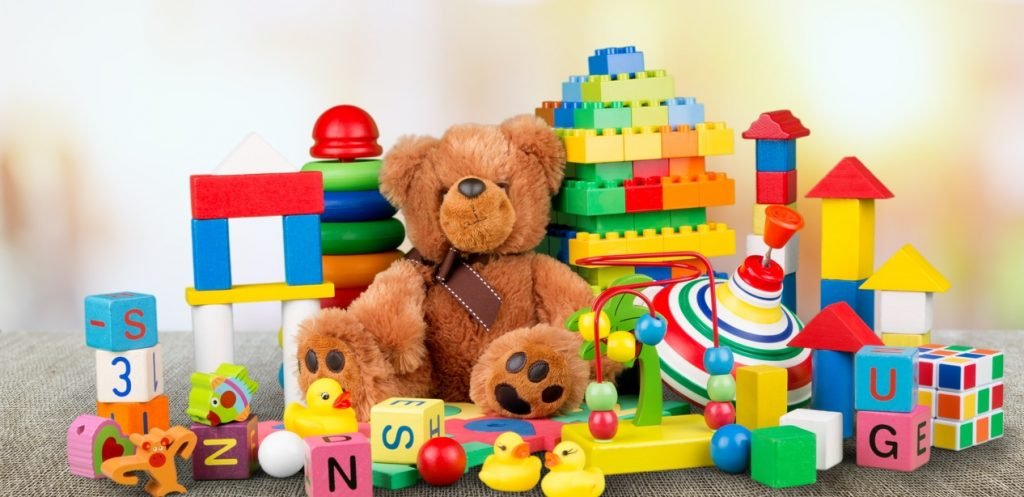
As the toy industry continues to grow, so does the need for toy safety testing to ensure that all products meet the highest safety standards and are safe for children to use.
There are numerous toy safety tests conducted on products before they are made available to consumers. These tests help identify any potential hazards that could pose a risk to children.
The toy industry is constantly evolving, and new technologies are being used to create safer toys. This means that toy safety standards are constantly changing. Therefore, it is important for manufacturers to stay up-to-date with the latest safety standards so they can produce safe products for children.
As the toy industry continues to grow, toy safety testing becomes even more important, as it helps ensure that all products are safe for children to use and meet the highest safety standards.
Toys that must be tested:
The toy industry is one of the most highly regulated industries in the world. Toys must undergo rigorous safety testing before they are sold to consumers.
There are many different types of toys on the market, and each type has its own unique safety requirements. For example, stuffed animals must be tested to avoid choking hazards, while toy cars and trucks must be tested to avoid impact hazards.
To ensure that all toys are safe for children to play with, it is important for manufacturers to test their products before selling them. By doing so, they can avoid any potential safety hazards and ensure that their products comply with all applicable safety standards.
Basic Toy Testing
There are several toy safety standards that have been established to ensure toy safety. These standards cover a wide range of concerns, such as falling, flammability, toxicity, lead content, and choking hazards.
To meet these safety requirements, toys must undergo testing. This testing can be performed at home by the manufacturer or toy company, or by an independent third-party laboratory.
Drop Tests: These are used to assess a toy’s resistance to impact. A toy is dropped from a certain height onto a hard surface, and its ability to withstand impact is evaluated.
Flammability Tests: These are used to assess a toy’s ability to resist combustion. A toy is placed in a chamber heated to a high temperature, and its resistance is evaluated.
Toxicity tests: These are used to evaluate a toy’s ability to resist poisoning. The toy is exposed to a variety of chemicals, and its ability to resist is evaluated.
Toy lead tests: These are performed to ensure that toys do not contain harmful levels of lead. Lead can be found in some toy materials, such as paint or plastic. The amount of lead in a toy must be below a certain level to be considered safe.
Choking tests: These are performed to ensure that small toy parts cannot be easily swallowed by young children. These tests help prevent serious injury or even death.
These are just some of the different types of tests that toys must pass before being sold to consumers. By ensuring that toys are safe, manufacturers can help create a safe and enjoyable environment for children to play in.
How to identify safe toys:
There are several ways retailers and consumers can ensure that a toy is safe. First, all toys should be labeled with the manufacturer’s name, address, and contact information. Second, toys should be labeled for an appropriate age. Third, toys should not contain small parts that could pose a choking hazard. Finally, retailers and consumers should check for maintenance procedures before purchasing them.
By following these simple guidelines, retailers and consumers can rest assured that they are purchasing toys that are safe for children.
Where Toys Are Tested:
The toy industry in Saudi Arabia is growing rapidly, with new toy companies and products entering the market all the time. Therefore, it is important to ensure that they are safe and meet all relevant safety standards.
In Saudi Arabia, toy testing is conducted by several different agencies and organizations. The Saudi Standards, Metrology and Quality Organization (SASO) is responsible for setting toy safety standards in the country. Before toys are sold, toys imported into Saudi Arabia must meet SASO safety standards.
There are a few toy testing laboratories in Saudi Arabia that can test toys and products to ensure they meet SASO safety standards. These laboratories can provide toy manufacturers and importers with the test reports needed to prove their products are safe.